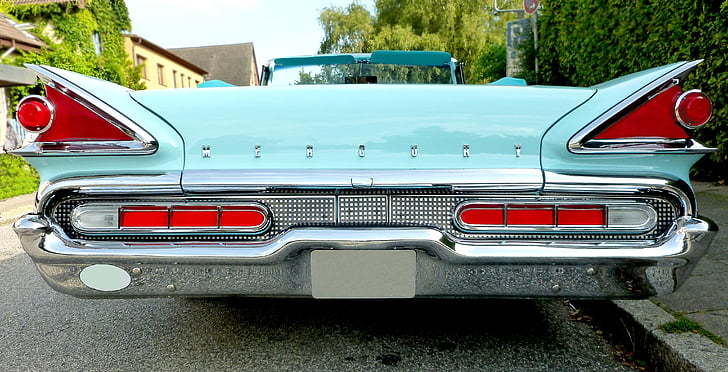
Modern cars wouldn’t exist without electricity. In the past, however, cars relied mostly on simpler forms of power, such as gasoline engines and mechanical components. While electricity still played an important role in powering cars, it wasn’t until the 1940s and 1950s that carmakers began to experiment with various electronic components to make cars even better. Today, we’re exploring the electrical innovations that helped push vintage cars into the future.
Alternators and Generators
Before the 1940s, cars relied mostly on generators to generate power for their electrical systems. Generators use an internal combustion engine to power a rotating armature that creates electricity. While these were the primary source of power for cars’ electrical systems, advancements during the 1940s brought about the alternator. Instead of relying on an engine to drive a rotating armature, alternators use an electromagnet. This allowed cars to generate power more efficiently, while consuming less fuel.
Ignition Systems
Ignition systems are another important electrical innovation seen in vintage cars. Before the 1940s, cars relied mostly on carbureted gasoline engines, which required manual cranking to start. However, electronic ignitions made starting cars easier and allowed for more precise control over the fuel/air mixture in the engine. These systems also allowed for the creation of timed spark advance systems, allowing cars to run more smoothly and efficiently.
Lights, Signals, and Wipers
Electricity was also used in vintage cars to power lights, signals, and wipers. Prior to the 1940s, cars relied mostly on oil lamps, horns, and hand-cranked wipers when traveling at night or in bad weather. However, electric headlights, turn signals, and windshield wipers gave drivers much more visibility and control when driving. These electrical components became an essential part of the modern car.
Additional Electrical Innovations
Other electrical innovations found in vintage cars include electric windows, power steering, and air conditioning units. These allowed for greater comfort and convenience for drivers while providing enhanced safety features. In addition, many cars of the era were equipped with radios and other entertainment systems, allowing drivers to listen to their favorite music while on the road.
Conclusion
Vintage cars are a testament to the ingenuity of auto engineers. Through their innovations in electrical engineering, these engineers helped revolutionize the automobile. Electrical components such as alternators, ignition systems, lights, signals, and wipers allowed automobiles to become faster, safer, and more efficient than ever before. Through their efforts, carmakers forged the path for the modern automobile industry.













